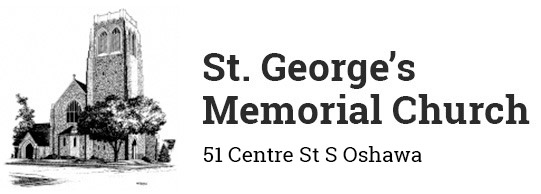Early Days
The first St. George’s church was built about 1847. It was a simple wooden structure built on the north east corner of what is now Park Road and King Street. It was built on land donated by J. B. Warren.
The second St. George’s church was built in 1858 at the south east corner of Centre and John Streets on the land that is now Memorial Park. It was a wooden structure with a steeple. It was enlarged by an addition in 1881 and additional pews were installed. It was used until the new church was built in 1924.
In 1880 a Parish Hall was built on Centre Street just north of the present St. George’s. The hall served the parish and the community until 1953. As well as being used for the large number of children attending Sunday School, many drama presentations and a Minstrel Show were presented on the stage in this hall.
A New Building
By 1912 the congregations had once again become too large to be accommodated in the second church and the decision was made to build a new church. However, the outbreak of war intervened and it was not until 1922 that the cornerstone was laid for the third and present church. The church was named St. George’s Memorial Church in memory of those members of the parish who served during the war. The church was built on the site of the rectory on land donated in 1861 by John Crawford and the Hon. William Allen and their wives.
In 1923 Mr. and Mrs. F. W. Cowan presented their home and surrounding land to the church to be used as a rectory. The land was situated on Athol Street just north of the new church. This house became known as Cowan House and was used as a rectory until 1962. It was used afterwards as a nursery and crèche on Sunday mornings, for meeting rooms and the church office until 2021.
The present St. George’s Memorial Church was opened on May 11, 1924 by the Rt. Rev. James Sweeney, Bishop of Toronto. The rector was Canon de Pencier. The new church was designed and the construction supervised by the renowned architect, Eden Smith. It was built of Credit Valley whitestone and built in a traditional English Gothic style. A bell tower formed part of the new church and the bell tower and carillon were a gift to the church by the Houston family to honour Mrs. Houston’s father, Edward Carswell. A three manual Casavant organ was presented to the church in 1929 which enhanced the church music program.
During the 1920’s the church served not just the spiritual needs of the community but also the social needs. Sports teams were formed for football, hockey, softball and cricket. Drama presentations and a Minstrel Show were produced and presented not just at St. George’s but in many locations in the area. During the depression in the 1930’s, the St. George’s branch of the Anglican Young People played an important role in the community by holding debating competitions, public speaking contests, sporting events and drama productions.
In 1939, a memorial pillar was installed at the site of the second St. George’s church. It was dedicated by the Rt. Rev. Owens, Primate of All Canada. The stone marks the place of the former church chancel and can be seen in Memorial Park.
The mortgage on St. George’s was burned and the church consecrated in 1944. The Women’s Guild raised the required funds of $22,000 to pay off the outstanding debt.
Post-War Years
In 1952 the first sod for the new Parish Hall was turned by Mrs. F. W. Cowan and later that year the cornerstone was laid. The hall was opened and dedicated in 1953. The exterior of the hall was built with the same Credit Valley stone as the church. The hall has been and still is, used extensively by the church and the community. The large Gothic window at the west end of the hall depicting Christ with the little children had been placed in the former Parish Hall in 1880 by “the young ladies of the congregation”.
In the 1950’s the church once again served not just the spiritual needs of the Anglican community but also their social needs. Many clubs and events were part of the church activities – Youth groups, Women’s groups, Over Twenty Club, Doubles Club, Men’s Club, Scouting and Guiding groups.
By 1965, the church was in need of a new organ. The new organ was purchased and installed by Casavant Freres. The three manual instrument is considered to be one of the finest organs in the Toronto area. The organ was dedicated in 1966 by the Bishop of Toronto, the Rt. Rev. F. H. Wilkinson.
Also in 1966, the mortgage for the Parish Hall was burned. Thanks were given to the Women’s Guild for once again raising the funds for the mortgage.
On Saturday, May 11, 1974 there was a celebration of the Holy Eucharist commemorating the Fiftieth Anniversary of St. George’s Memorial Church. On May 12, a service of thanksgiving was held. The Rt. Rev. L. S. Garnsworthy, Bishop of Toronto, was the preacher.
In 1978, Cowan House was restored and refurbished as a Parish House for offices and meeting rooms. It was rededicated by the former rector, the Ven. F. G. Ongley.
In 1984, an extensive history of St. George’s was written by Kathleen M. Rose entitled “St. George’s: Our Heritage”. This was a wonderful contribution to understanding the many people and events that formed our church community.
The church office which had been located in Cowan House was moved to the lower parish hall in 2021. Offices were provided here for the rector, treasurer and office administrator.
In 2022, Cowan House which had been used extensively for many church activities since 1923, was found to be beyond repair and so the house and surrounding land were sold.
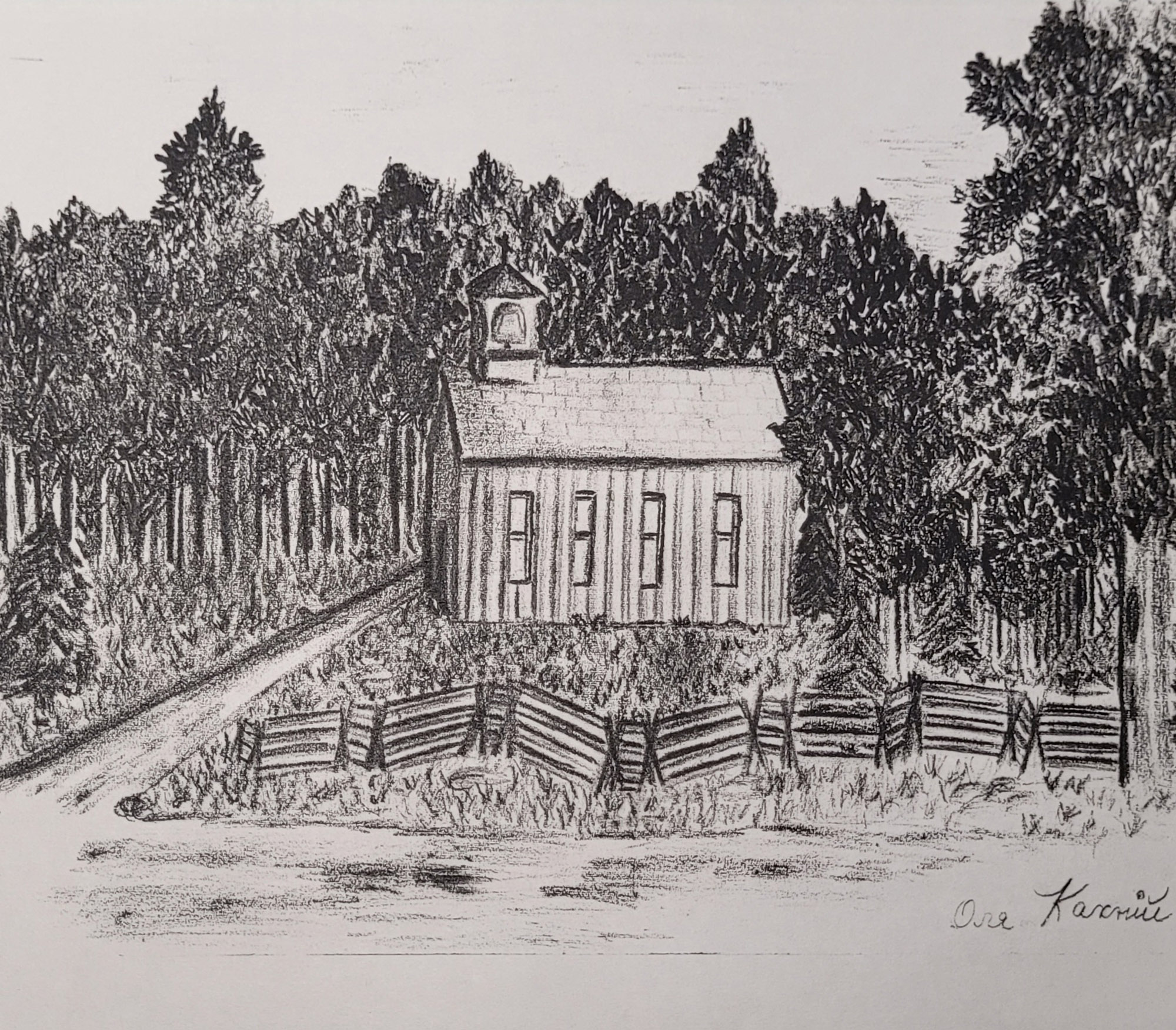
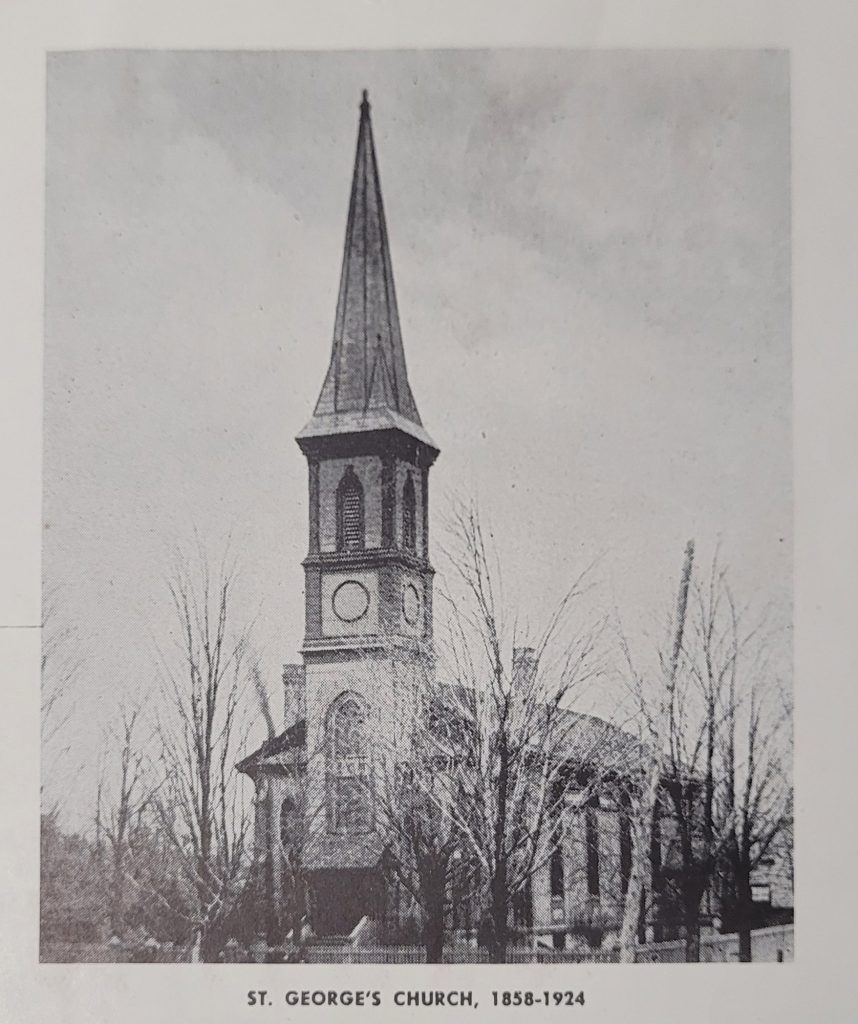
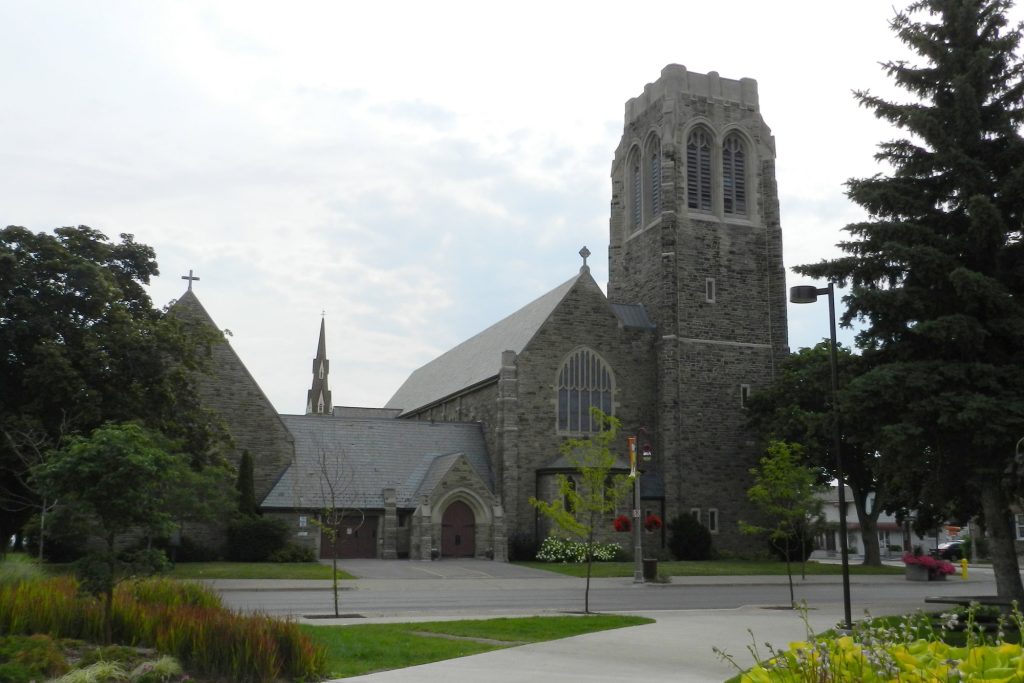
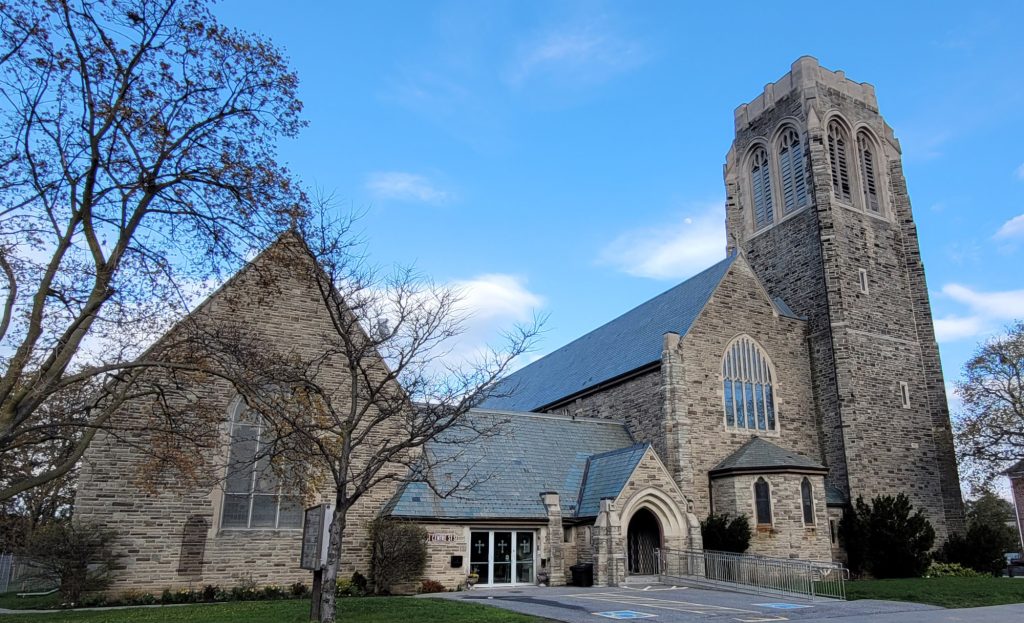
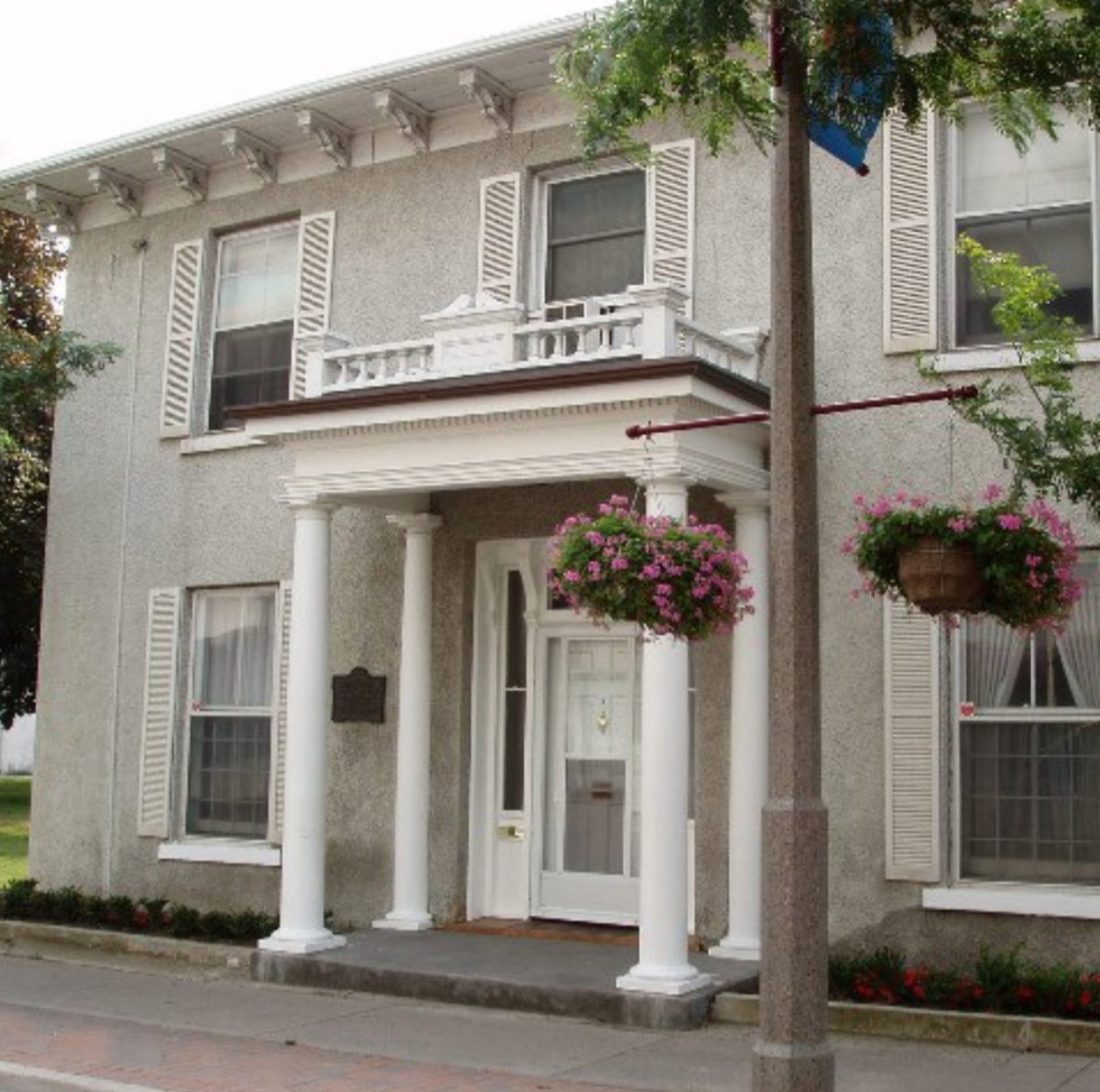
Rectors
Rev. R. J. Pentland (1843 – 1862)
Canon J. R. Worrell (1862 – 1869)
Canon W. Belt (1869 – 1876)
Rev. H. B. Owen (1876 – 1880)
Rev. J. Middleton (1880 – 1890)
Rev. J. H. Talbot (1890 – 1909)
Canon C. R. de Pencier (1910 – 1934)
Canon D. M. Rose (1935 – 1955)
Canon C. D. Cross (1955 – 1962)
Archdeacon F. G. Ongley (1962 – 1977)
Canon D. H. E. Peasgood (1977 – 1994)
Venerable H. Paul Fehley (1994 – 2004)
Canon A.G. E. Jemmott (2005 – 2015)
Canon Judy Herron-Graham (2016 – 2022)
Rev. Father Dr. Alvardo Adderley (2024 – present)
